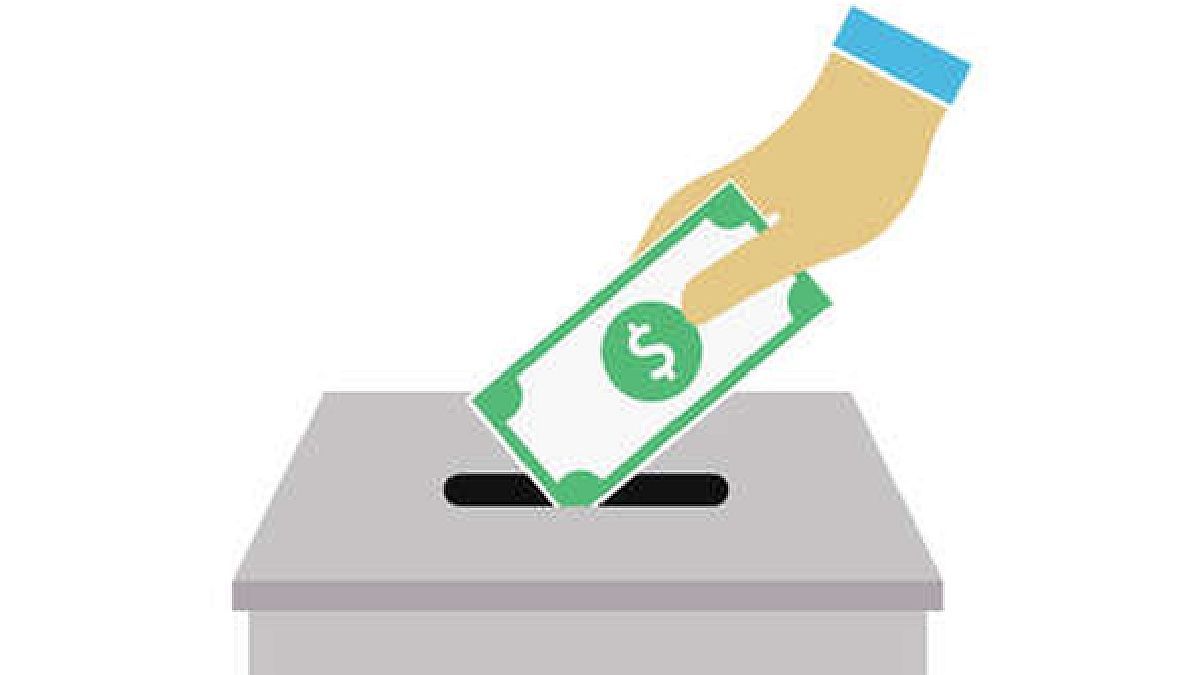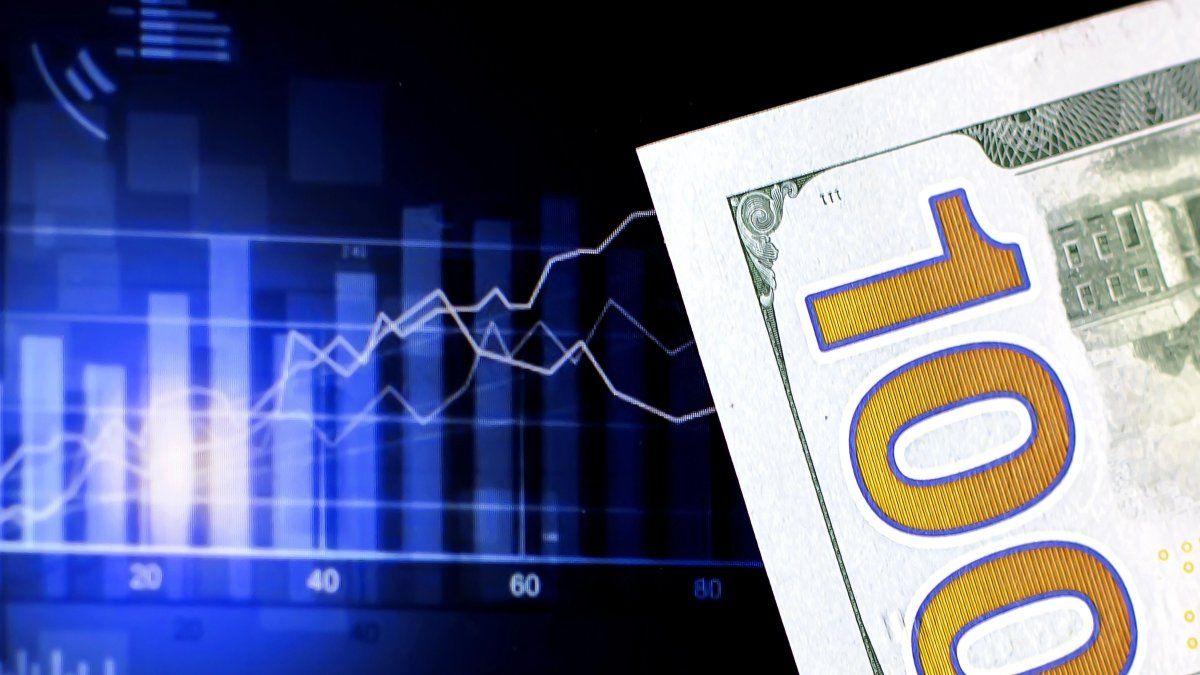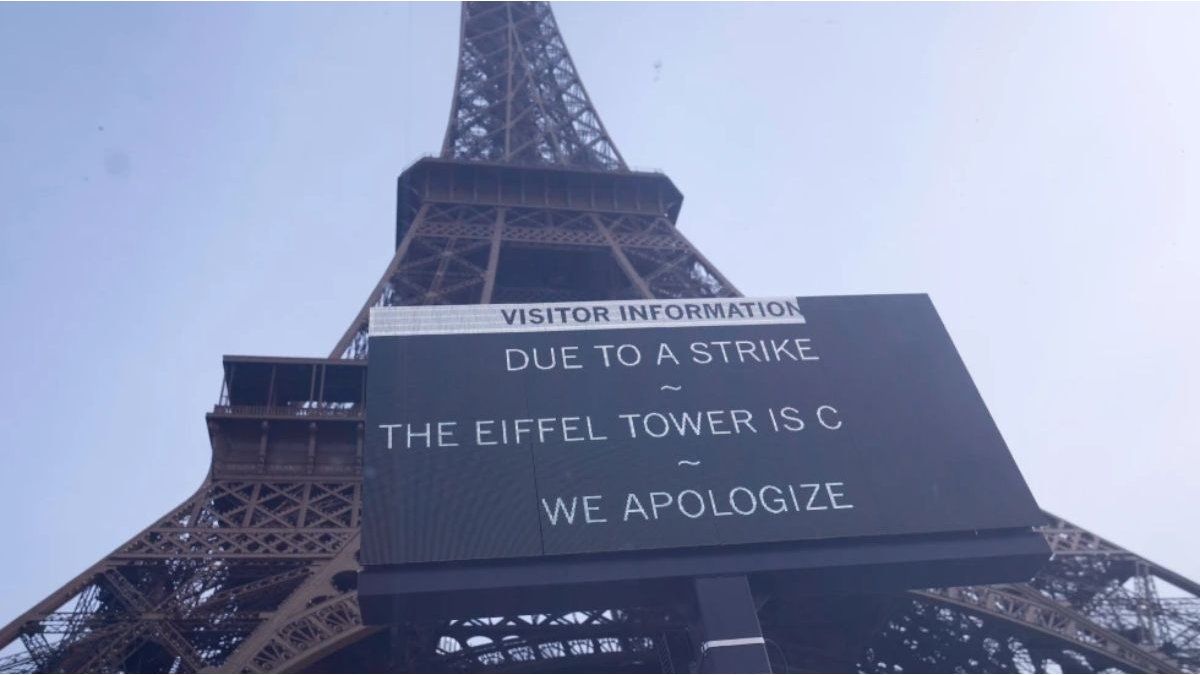somewhat suddenly Sergio Massa He had to move from the candidate role to the minister role to deal with a currency crisis and have electoral survival by getting into the ballot. It has not yet been overcome, it was only possible to put it on pause mode in principle until Sunday 22-O
An enormous amount of pesos began to run dangerously behind any asset or good that implies a refuge, but above all and as always the dollar. The last financial days hinted at a dangerous spiralization in the exchange market that feeds back with the outflow of bank money and the dismantling of positions in some treasury peso titles.
More restrictions for financial dollars, holidays in between and the intimidation of public forces for the illegal segments only seem to be enough for a truce where the dollar does not jump from $1,000 and the gap remains at 150%, the same exit value of Guzman. As in other crises, the BCRA is absent and always at the wrong time. Without instruments (basically without reserves), without reflections and less credibility, it reacts with a super rate of 300% per year that will be useless in an end-of-cycle crisis where the demand for money flees based on the expectation of an exchange rate ever increasing.
Electoral transitions in Argentina always cause flight from the peso and hedging in the dollar, but this time the phenomenon is amplified and more dangerous for two reasons. Firstly, the extreme weakness of the government in key variables to confront these financial crisis phenomena: It has no reserves, it is selling foreign currency in the MULC despite offering multiple differential exchange rates, it spends about USD 80 million per day to contain the MEP and rides on an inflationary process that is already traveling comfortably in double digits per month. In addition to all this, it does not stop issuing pesos either to stop the disarmament of the curves of some bonds in pesos, to compensate for the liquidation of special dollars and to spend strengthening income based on electoral needs.
But there is a second reason, and a very important one in this race, which is the fuel poured on the crisis by the opposition candidate best positioned to win (according to most polls). It is unprecedented in an electoral competition that an opponent claims that the higher the dollar, the better and is encouraged to dismantle fixed terms (which have already fallen 14% since the end of August in real terms). It is the same as encouraging the evaporation of Argentines’ savings and suddenly impoverishing them in the event of an escalation of hyperinflation based on a currency and banking run. Without a doubt this was a blow below the belt, something that magnified the movement of market variables, although this does not in any way exempt the responsibility for the disaster of the current management. There is a counterfactual, close in time, that opposes this attitude as not being responsible for LLA at all. In the midst of the run against USD deposits in September 2019, the support and reassuring messages regarding the solidity and liquidity of the banks were unanimous across the entire spectrum of economic professionals, without political distinction. It was common sense and a professional attitude that prevailed. Now it seems to be the opposite, since the attempt is made to ensure that the dollar has no ceiling and the output of the pesos does not have a floor.
The way events are presented and the destructive form shown by the electoral competition suggest that the transition bridge will not last until December 10. In these circumstances, asking about the macro under different economic regimes in 2024 seems like an exercise in science fiction. The horizon is more pressing, it is counted by days, and it will require some hint of cooperation and coordination between the political forces that remain in the electoral race until the end of November (the same if there were a winner in the first round) to avoid a stampede of the variables that further destabilize the exchange and inflation front and the demand for pesos, which would deal a new blow to the real economy, production and income.
“The worst is over” the official candidate minister has just stated in the presidential debate. Unfortunately it is difficult to agree. The bridge of political transition remains to be crossed until December, and this requires a minimum consensus on the need to banish the idea that a scorched earth is the best scenario to begin governing. The current economic and social situation is very bad. But avoiding breaking contracts, going through a hyper and/or deposit run is a much better starting point than destroying everything to start over.
Source: Ambito
David William is a talented author who has made a name for himself in the world of writing. He is a professional author who writes on a wide range of topics, from general interest to opinion news. David is currently working as a writer at 24 hours worlds where he brings his unique perspective and in-depth research to his articles, making them both informative and engaging.




